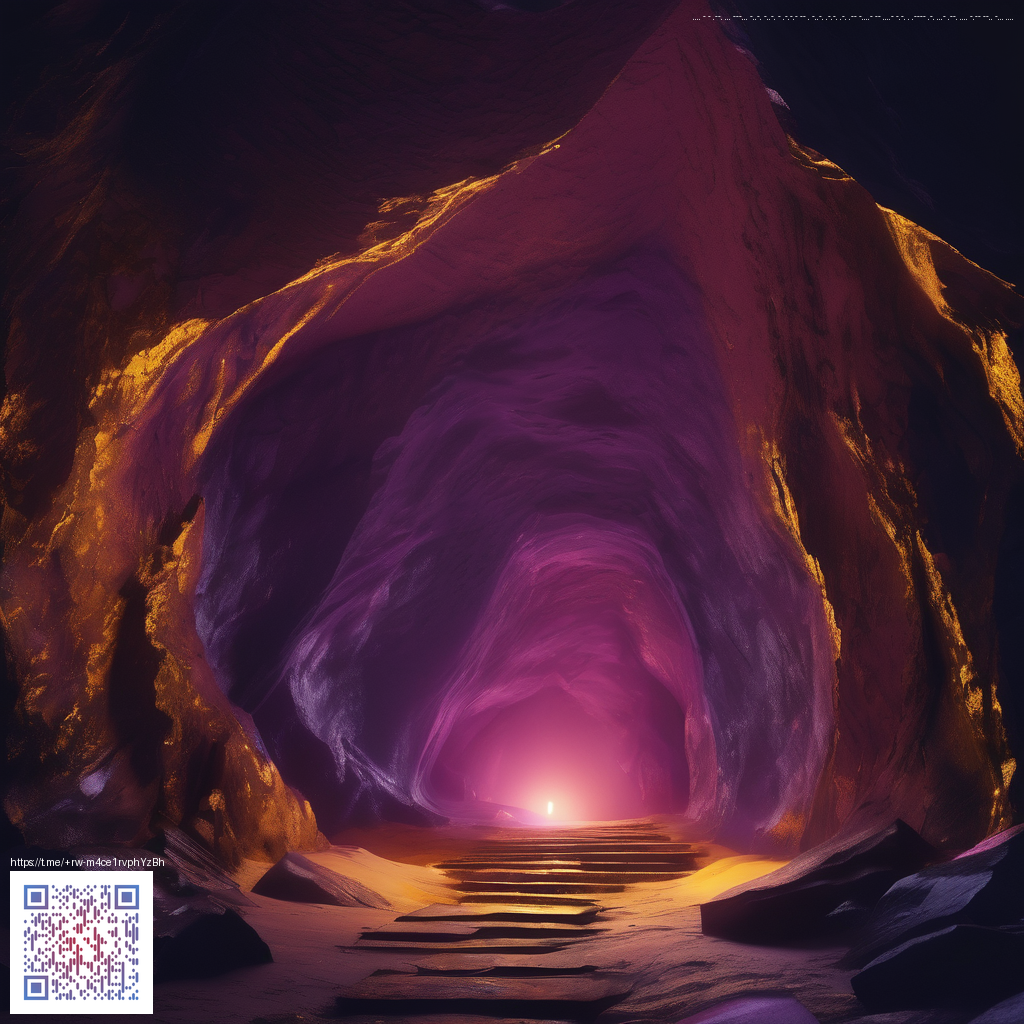
Origins Behind Rocket League Battle Cars and Their Secrets
On the field the battle cars do more than smash into the ball they convey a design story. The shapes and silhouettes began as concept art blending real world car vocabulary with speculative sci fi aesthetics. From there the team refined lines and proportions to ensure that every model communicates intent in a fast paced match.
The car families you see most often emerged through a mix of practicality and personality. A compact, balanced shape with a predictable hitbox became a cornerstone for new players and a reliable base for seasoned ones. That reliability helps players read plays quickly and align with teammates even as the field explodes with color and momentum.
Other bodies push toward bold lines and extended front sections. These designs often emphasize reach and precision decisions at the cost of some maneuverability. They became iconic in streams and tournaments and their traces are visible in the way players mark up their tactics during a tight defense or a high aerial collision.
The roots trace back to a love of real world automotive drama and futuristic imagination. Concept artists borrowed cues from sleek sports cars and rally legends while adding rocket powered flair. The result is a toolkit that keeps gameplay readable while offering a canvas for expression through decals and color choices.
What updates reveal about design and play
Over the years the roster has grown with new battle cars and limited time offerings. Each release comes with patch notes that outline handling shifts and performance tweaks that ripple into how players approach air control and ball handling. The balance team works to keep hitboxes fair so fresh designs feel familiar to veterans while inviting experimentation for new tactics.
The impact on gameplay is visible in how players approach dribbling and aerials. A new model can nudge the meta toward different offense setups while still letting teams rely on core mechanics. The community, in turn, tests and shares clips that demonstrate how a slight silhouette change can alter ball contact and speed through a sequence of touches. 💠
Community craft and the culture of decals
Decal culture thrives around car aesthetics. Fans design color palettes and patterns that flood social feeds and community galleries. Even in games with official customization tools there is room for artistry and interpretation. This creativity keeps the game feeling fresh and lets players stamp their identity on every kickoff.
Fans and developers alike celebrate how art and physics meet on the arena floor shaping every play
From creators to players eyes
The development team aims for a clear visual language that preserves readability while building strong identities for each body. Cars become shorthand for team strategy a visual cue for how teams press, retreat and rotate through zones. The result is a living catalog where style and function reinforce one another during tense matches.
For fans who track updates the revelations are less about numbers and more about how craft informs the moment a new model lands in the arena. The team welcomes ongoing feedback and celebrates moments when a new car unlocks fresh creativity in the field. This is a collaborative story where every patch can influence a season’s flow without sacrificing the core rhythm of the game.
As the arena evolves so does the community behind it. The origin stories survive in art shown at events and in clips that capture a perfect touch mid flight. The magic is that a car line can begin as a sketch and end up shaping the tempo of a global competition
Donate to Support Decentralized Internet